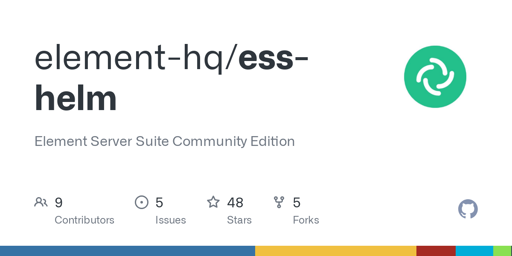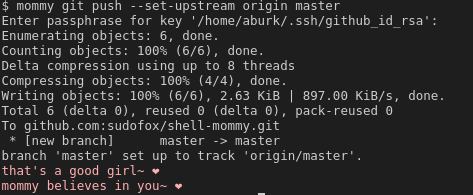

only to be shutdown by corporate before it gets much steam.
So I guess you just completely ignored the part where I mentioned how they are readding support for site-specific-browsers (the ability to install a PWA as an app) and also officially adding vertical tabs? If that’s your definition of “shutdown”, then I don’t know what to tell you.
But I’m sure the fact that features that explicitly affect the UI being added only after a rewrite/refactor of firefox’s UI is completely coincidental.
EDIT: To me, it’s clear that they didn’t want to add these features officially since all the work would get wasted and overwritten if the UI rewrite happened. But there was always unofficial support, like this browser extension, and for PWA’s with service workers, they would work offline as well (which was built into the browser itself).









They are examples of extremely wanted features that the firefox community has been asked for a while, but have only been added now.
Worked on my machine ¯_(ツ)_/¯
I disagree with the idea that Google’s money comes with strings attached that influence the development of Mozilla Firefox. Google props Firefox up in order to avoid being hit by anti trust laws. Trying to explicitly or implicitly use that money for to intentionally Firefox bad, would be extremely risky, as if the slightest bit of evidence was out, they would immediately be hit with an antitrust suit, and it would defeat the purpose of the money.
Well, they are being hit with one right now, but it’s not about the Google-Mozilla relations, but instead Google’s dominance as a default search engine.
The loss of PWA Site-Specific Browsers is an interesting coincidence — but that’s all it is, a coincidence. The fact that they are being readded as an official feature, but only after Firefox got a UI rewrite is evidence that there are other internal and unrelated factors at play.
Google maintains their dominance by adding to web standards very quickly, making it difficult for other browser engines to keep up, and “accidentally” breaking youtube on other browsers, in addition to other shenanigans. No browser engine will have the resources to keep up with that, and they don’t have to keep firefox intentionally bad by denying power users features when the vast majority of users will find something that youtube doesn’t work on unusable.